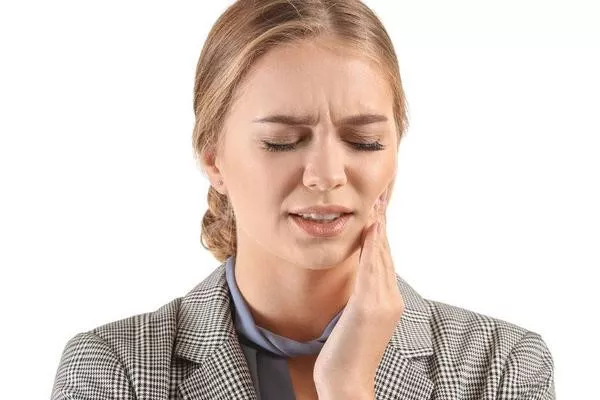OSAKA — A Japanese research team is making significant strides in the development of an innovative medication that could enable individuals to regenerate new teeth, with clinical trials slated to commence in July 2024.
This tooth regrowth medication primarily targets individuals who lack a complete set of adult teeth due to congenital factors. The team’s goal is to make this medication widely available for use by 2030.
Previous animal experiments involving the medication have resulted in the growth of “third-generation” teeth, following the initial baby teeth and permanent adult teeth.
Katsu Takahashi, the lead researcher and head of the Dentistry and Oral Surgery Department at the Medical Research Institute Kitano Hospital in Osaka, expressed his enthusiasm, saying, “The concept of growing new teeth is a dream come true for every dentist. I’ve been working towards this since my days as a graduate student, and I was confident it could be achieved.”
Anodontia, a congenital condition that leads to fewer than a complete set of teeth, affects around 1% of the population. Genetic factors are believed to be the primary cause for the approximately one-tenth of anodontia patients who are missing six or more teeth, a condition categorized as oligodontia. These conditions are also known as tooth agenesis. Individuals with tooth agenesis face challenges in basic functions such as chewing, swallowing, and speech from a young age, which can impede their overall development.
Following the completion of his dentistry degree, Takahashi pursued graduate studies in molecular biology at Kyoto University in 1991, and later continued his research in the United States.
Around that time, global research efforts were underway to identify genes whose deletion in genetically modified mice resulted in fewer teeth. Takahashi noted, “The number of teeth could vary with the mutation of just one gene. If we make that our research target, we should be able to alter the number of teeth individuals have.”
International Recognition
It wasn’t until around 2005, upon his return to Japan and deeper exploration of the subject at Kyoto University, that Takahashi began to see a promising path for his research. The researchers discovered that mice lacking a specific gene exhibited a greater number of teeth. They identified a protein called USAG-1, produced by the gene, which limited tooth growth. In essence, inhibiting the action of this protein could potentially lead to the growth of more teeth.
Takahashi’s research team concentrated on USAG-1 and developed a neutralizing antibody medication capable of blocking the protein’s function. In 2018 experiments, mice with congenitally low tooth counts were administered the medication, resulting in the emergence of new teeth. These research findings were published in a scientific paper in the United States in 2021 and garnered considerable attention as the beginnings of the world’s first tooth regeneration medication.
Efforts are currently underway to prepare the drug for human use. Once it is confirmed to have no adverse effects on the human body, it will be aimed at treating children aged 2 to 6 who exhibit anodontia. Takahashi expressed his hopes, saying, “We aim to pave the way for the clinical use of this medication.”
A Potential Game-Changer
If successful, a tooth regeneration drug could be a game-changer in the field of dentistry as a whole.
Unlike humans, some animals such as sharks and certain reptile species can continuously regrow teeth. While it has long been believed that humans only grow two sets of teeth in their lifetime, there is evidence to suggest that we also possess “buds” for a third set.
Approximately 1% of the population experiences the opposite of anodontia, known as hyperdontia, a congenital condition characterized by an unusually high number of teeth. According to Takahashi’s team’s research, one in three such cases involves the growth of a third set of teeth. Takahashi believes that, in most instances, humans’ ability to grow a third set of teeth was lost over time.
When the researchers administered the medication to ferrets, they grew an additional seventh front tooth. As the new teeth grew between the existing front teeth and exhibited the same shape, it is believed that the medication induced the development of third-generation teeth in the animals.
When teeth become beyond repair due to severe cavities or dental socket erosion, known as pyorrhea, individuals lose them and often rely on dental appliances such as dentures. The ability to grow third-generation teeth could revolutionize this paradigm. Takahashi expressed his optimism, stating, “We hope to witness a future where tooth-regrowth medication is a viable third option alongside dentures and implants.”
Related Topics:





























